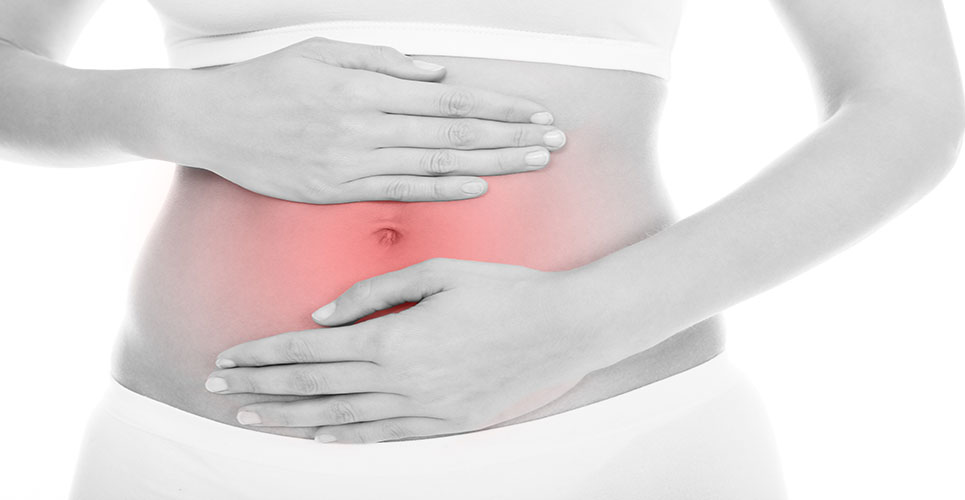teaser
Catherine Laillier
Intern in Hospital Pharmacy
CHU Strasbourg
Claudine Cornet
Anaesthetist
CHU Nancy
France
E: [email protected]
Improving the quality of anaesthesia care includes reducing the incidence and severity of PONV.(1,2) PONV is sometimes considered more disturbing than the postoperative pain.(3) Although PONV is nonfatal, it causes significant morbidity, including dehydration, electrolyte imbalance, suture tension, venous hypertension, bleeding and, rarely, oesophageal rupture and life-threatening airway problems.(4,5) Moreover, PONV increases the time in the recovery room,(6) expands nursing care and therefore raises total healthcare costs.
All these factors taken into consideration, preventing the occurrence of PONV seems important. Studies show that prophylaxis should concentrate on high-risk patients to be efficient and cost effective. This article will explain the pathophysiological causes of PONV, how to categorise patients according to their risk factors and strategies to manage PONV.
Pathophysiological causes
Nausea is a subjective sensation of an urge to vomit associated with epigastric cramps, an aversion to food and general faintness. Vomiting, or emesis, is defined as the expulsion of gastric contents through the mouth after contraction of the abdominal muscle, the descent of the diaphragm and the opening of the gastric cardia.(7)

The vomiting centre in the brainstem is activated by the chemoreceptor trigger zone (CTZ), which is rich in serotonin type-3 (5HT3), histamine type-1 (H1), muscarinic cholinergic type-1 (M1), dopamine type-2 (D2), neurokinin type-1 (NK1) and opioid receptors. Stimulation of these chemoreceptor triggers activates the vomiting centre. In addition, stimulation of H1 and/or M1 receptors in the vestibular labyrinth via the CTZ can also activate the vomiting centre. Finally, peripheral input via gastrointestinal vagal nerve fibres can also stimulate the brainstem vomiting centre by activation of 5HT3, NK1 or D2 receptors. Then, efferent pathways involving the salivary, respiratory and vasomotor centres and cranial nerves mediate vomiting. This process is known as the emetic arc reflex (see Figure 1).(7,8)
[[HPE31_fig1_73]]
The understanding of these multiple receptors and stimuli is the basis for therapeutic strategies in the prevention and treatment of PONV.
Risk factors of PONV
The multifactorial nature of nausea and vomiting complicates the knowledge of PONV risk factors.(9) A recent publication(10) summarised the findings of the last 15 years of research on PONV risk factors. The well-established PONV risk factors set out in publications are:(11-13)
- Patient-related factors: female gender,postpuberty, nonsmoking status, history of PONV or motion sickness, childhood after infancy and younger adulthood.
- Surgery-related factors: increasing duration and type of surgery.
- Anaesthesia-related factors: use of �volatile anaesthetics, nitrous oxide, large-dose �neostigmine, or intraoperative or postoperative opioids.
Risk scoring systems exist, but none has yet emerged as a “gold standard” based on evidence.(10) However, simplified scoring systems (only four or five risk factors; see Tables 1 and 2)(14,15) have demonstrated equivalent or superior discriminating power compared with more complex formulas.(16,17) Moreover, current risk scoring systems have 5

